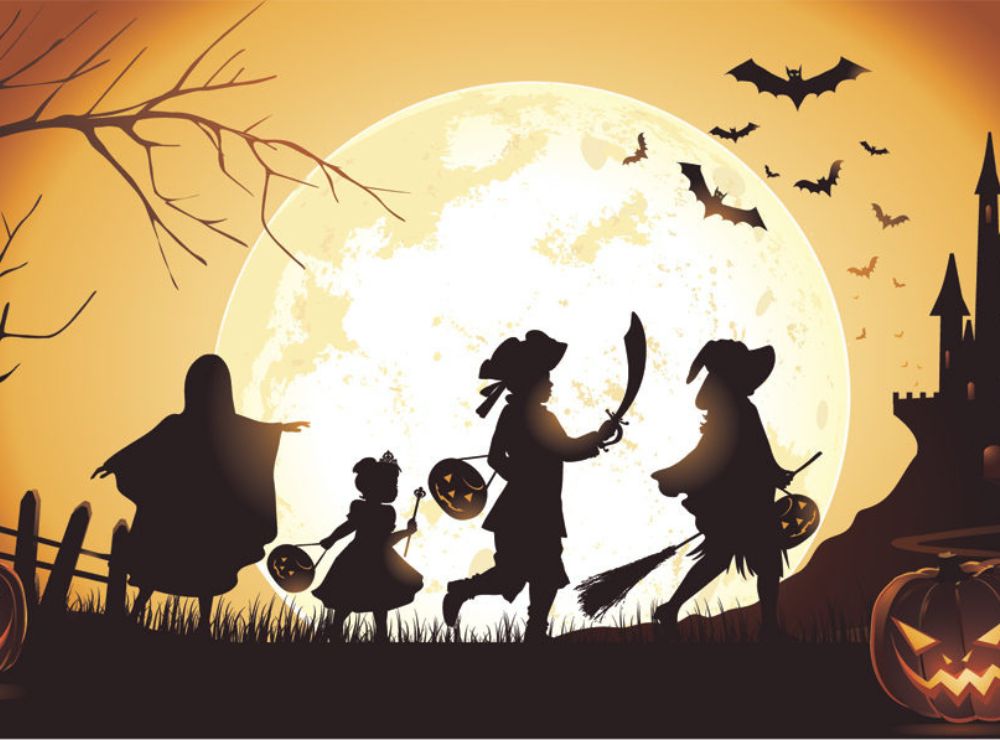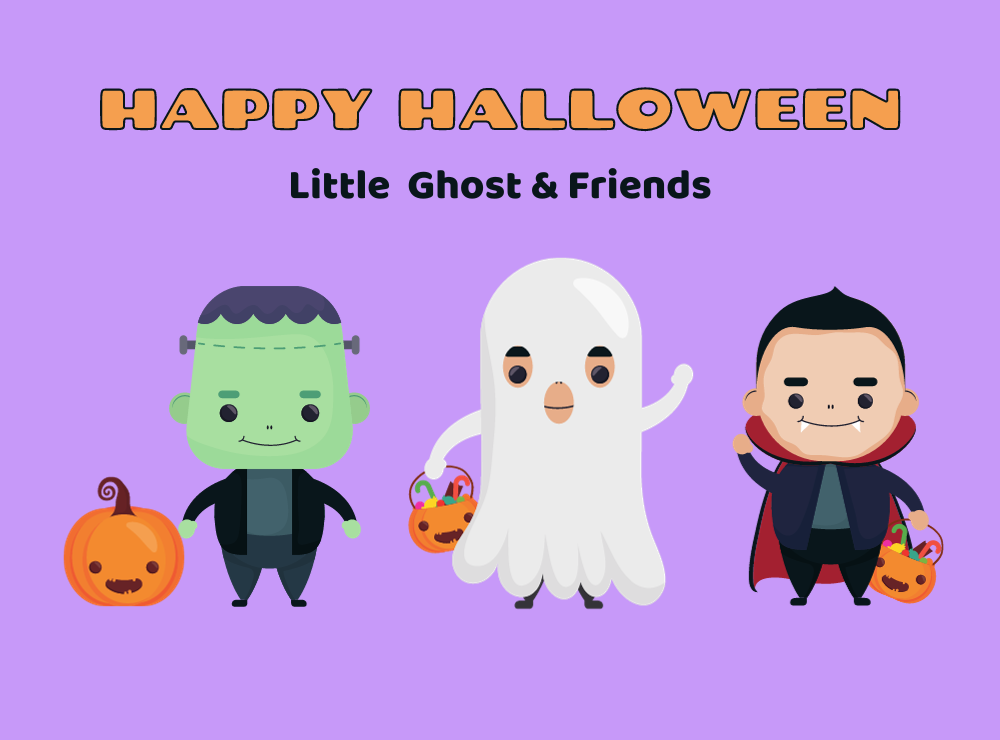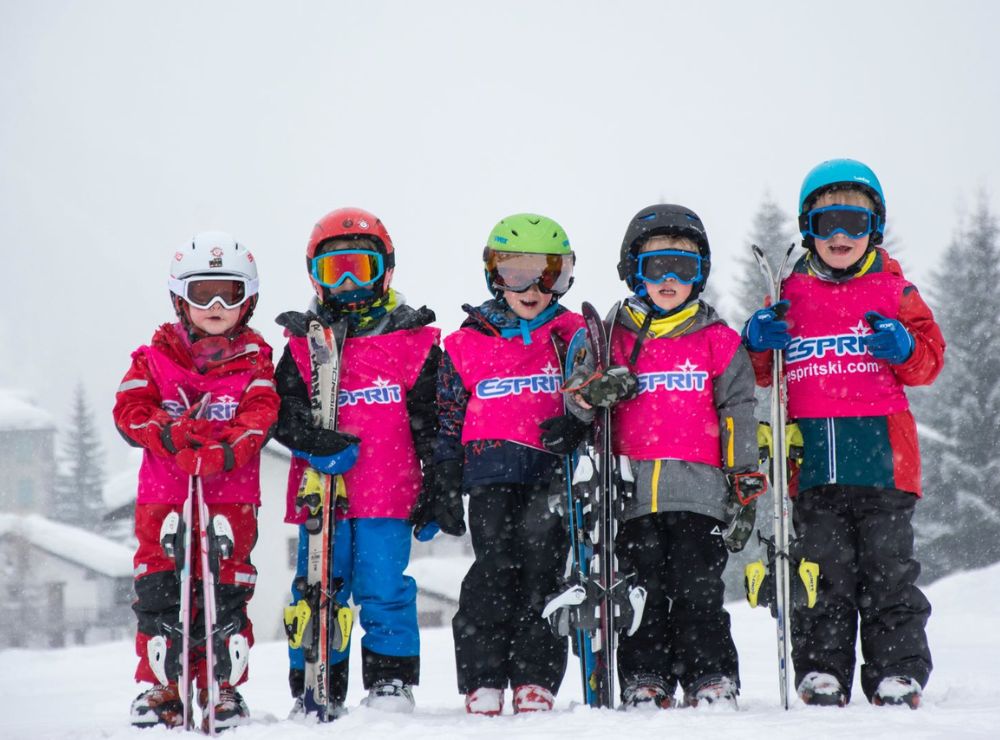1. Harvest's End: Samhain was a time to gather the year's final crop, save winter food, and prepare for the upcoming chilly months. Some agricultural traditions from Halloween's past, such as using pumpkins and other fall harvests as decorations, are still practised today.
2. Thin Veil Between Worlds: According to Celtic mythology, on the eve of Samhain, the line separating the worlds of the living and the dead is blurred, allowing ghosts and fairies to wander the earth. The belief that on Halloween, the spirits of the dead reappear in the physical world is comparable to this idea of a "thin veil" between worlds.
3. Bonfires: Samhain celebrations sometimes included bonfires. People would congregate around these fires to make sacrifices to the Celtic gods, frequently in the shape of crops and animals. This custom can be continued through the custom of burning bonfires on Halloween.
4. Costumes: To hide oneself from roaming ghosts during Samhain, the Celts occasionally wore masks and costumes. Although the goal has changed from warding against ghosts to having fun and acquiring candy, this tradition has evolved into the present custom of dressing up on Halloween.
5. Trick-or-Treating: The Halloween ritual of knocking on doors for treats can be linked to the mediaeval Christian practice of "selling." On November 2, All Souls' Day, hungry people would knock on doors and offer to pray for the souls of the dead in exchange for food. This custom eventually mixed with Samhain customs and transformed into trick-or-treating as we know it today.
6. Jack-o'-Lanterns: Carved pumpkins, popularly known as jack-o'-lanterns, have their origins in Samhain. Turnips and other root vegetables were once carved, with candles placed to ward off evil spirits. Turnips were replaced by pumpkins when the custom arrived in America because they were easier to get by.
It's crucial to remember that November 1 is All Saints' Day, also known as All Hallows' Day, and November 2 is All Souls' Day. All Hallows' Eve, the evening before All Hallows' Day, eventually changed into Halloween.
In conclusion, Halloween has a nuanced past rooted in pagan and Christian customs. Despite having roots in the ancient Celtic festival of Samhain, Halloween has developed into a celebration characterised by costume parties, trick-or-treating, and eerie décor.
















